SEO mission for a training center in innovative psychology
CIPsy (or the Psychological Intervention Center) is a Psychotherapy Training Center in Paris offering short training sessions for Psychology professionals in new forms of innovative therapies. Prior to the pandemic, they mainly focused on their in-person training. In the post-COVID world, they have moved their sessions online and the center saw a lack of attention and interest. Cipsy enlisted my help with the goal of ensuring improved visibility on Google, and I’m glad to report we are seeing a healthy increase in organic traffic allowing easier access to view CIPsy’s offerings. Let’s take a look at some of the steps we took.
Visit website+268.39%
organic traffic growth in 4 months
+733%
visibility on the top 3
+45,4
positions gained on average
Context
The CIPsy center started as a way to offer workshops on the evolving and innovative research being carried out in behavioral health. The center serves a small group of professionals, psychologists, and psychiatrists, and is based in Paris where they have previously offered in-person sessions. Since the pandemic, the center has had the opportunity to connect with more clientele by offering online workshops, though they were not easily accessible for interested users to find them online.
Challenges
The CIPsy training center was difficult to find online, even for people who knew them and had previously taken courses with them, so they were definitely losing out on connecting with potential new clients who may be searching for trainings and professional development. CIPsy’s founder, Benoit Henaut, recognized the importance of being easily accessible on Google, but was unsure how to attain this. Though the center was offering dynamic courses with well-renowned teachers, through some first step analysis I discovered their website had several issues with the main headings used throughout the website not containing needed keywords, and a lack of appropriate keywords in general that made the website inaccessible for most organic traffic. I found another issue that was decreasing CIPsy’s visibility on Google was a lack of a menu to organize the trainings in an easily searchable fashion. I also discovered a tiered breadcrumb on the website that had been set up incorrectly and was missing layers of the architecture of the website, therefore rendering it unhelpful in driving traffic..
Some Starting Points for Discovery
- Feedback from current clients who could not locate CIPsy on Google
- ~100 organic users per month before intervention.
- Based on 40 keywords, the website ranked top 3 on only 3 keywords.
Solution
I implemented an SEO for training center approach to the website in a few different ways. First, I optimized the existing content that had already been created, including the title info on each page, the main headings, and text throughout the website. I had identified a list of 40 keywords, that would be more competitive and relevant based on CIPsy’s content, and the optimization process included a focus on making sure appropriate keywords were amply used throughout all website text–for example including “training” and “psychotherapy” in many text headings.I also did a restructuring of the website content to give more depth to the catalogue section. A major outcome of this restructure was to create a menu that would more pertinently link specific trainings to their correct categories, as well as suggested creating additional categories. With SEO drive in mind, I worked on the internal linking of the website, with the menu being a component of that, as well as internal linking updates made to the breadcrumb to drive traffic to the appropriate section.
I wanted to make sure a spotlight was really on the fantastic workshops being offered, so I added extra linkings to the training pages, and basically organized the website in a way that all traffic is directed back to the training page so viewers are exposed to the training options. One method I used to achieve this was to add extra links to each instructor’s own bio page that directs users back to the trainings they offer.
Results
With the SEO marketing approach, CIPsy is seeing empowering outcomes:
- Based on the created list of 40 keywords, the website now ranks in the top 3 on 22 keywords (+733% visibility on the top 3), and on the 1st page on 26 keywords (+236% visibility on the top 10)
- The average position of the website is now 6.2 on Google (on all the 40 keywords): +45,4 positions gained on average.
- These results led to an increase of +268.39% of organic traffic from mid-June until mid-October.
Let’s talk about your online marketing strategy
You don’t need extravagant resources to reach interesting results, relevant for the size of your organisation. The most important thing is probably your involvement in the project. If you want to collaborate with me, drop me a line.





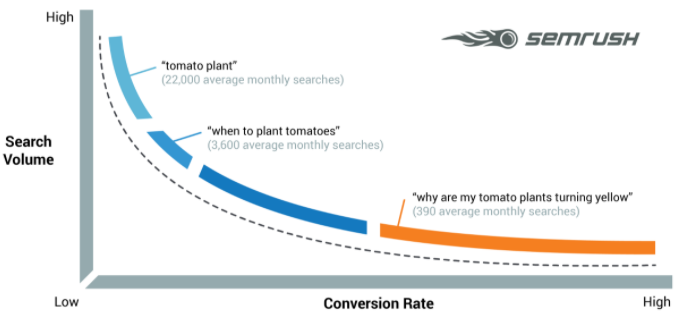



![[object Object]](https://images.ctfassets.net/hrlc6ht6ex4d/3PM7RGepwyMd9XJnqZIqN6/94e2f1f17faf2917009f5008ca59be43/SEO_indexation_new_website.png)
![[object Object]](https://images.ctfassets.net/hrlc6ht6ex4d/3JkMYoo5aSzCrNnTfYLJbr/681163db1fb250275bf88588f10688fc/SEO_indexation_old_website.png)
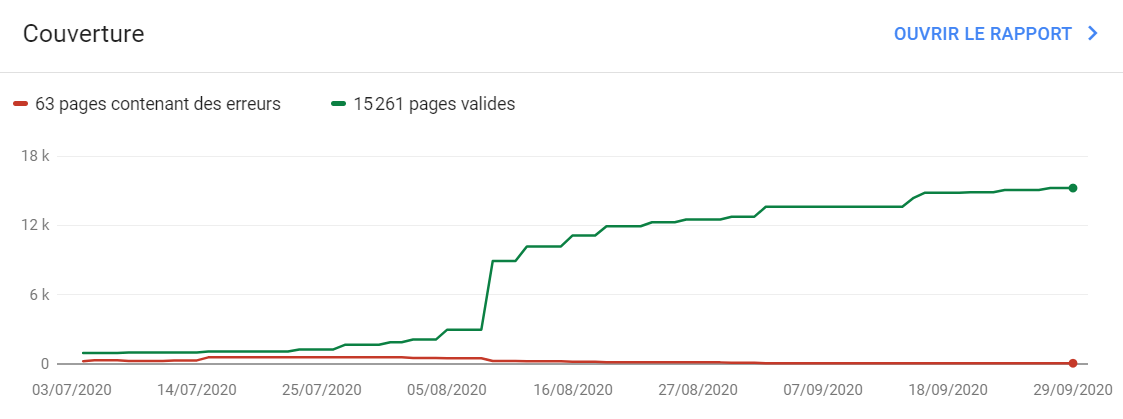
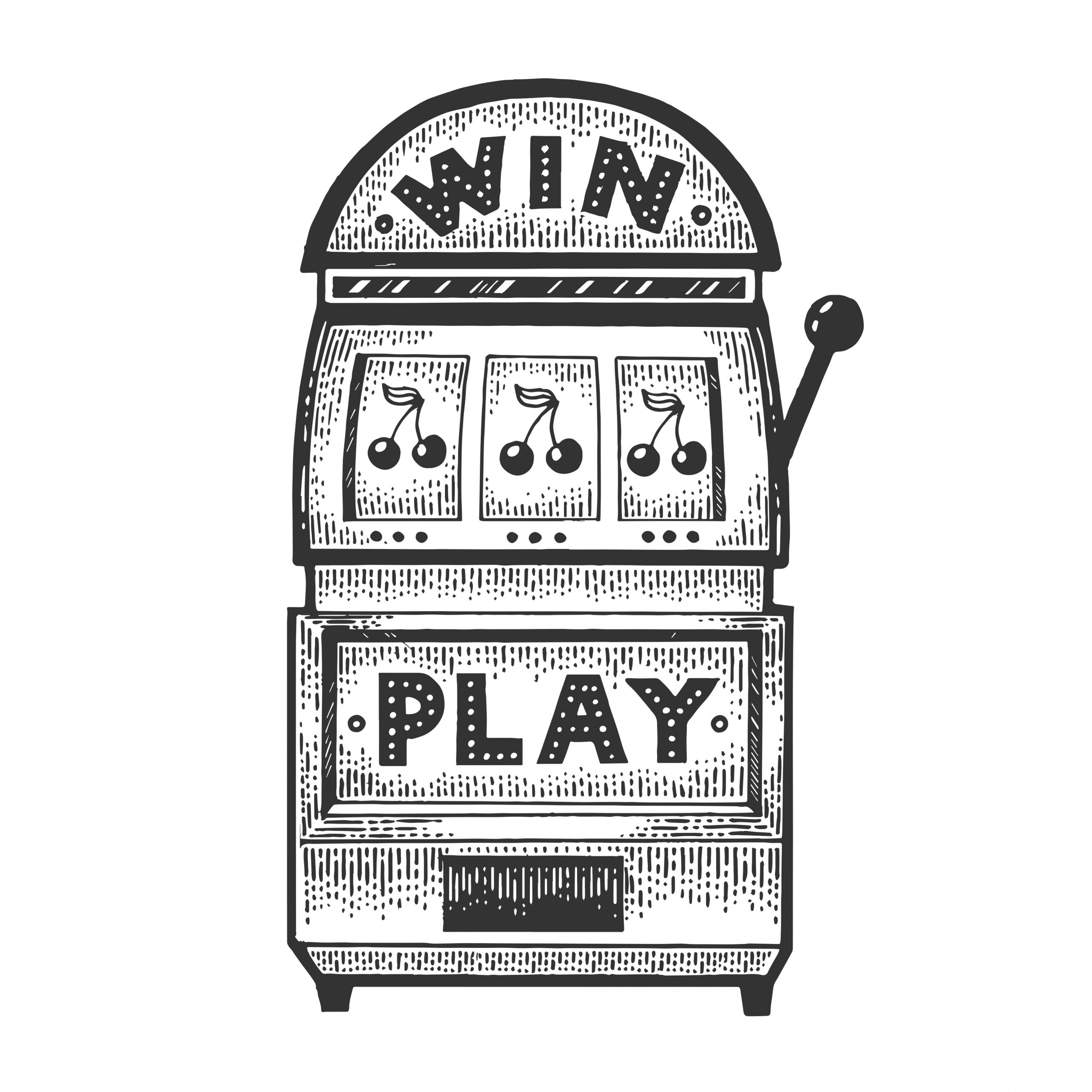
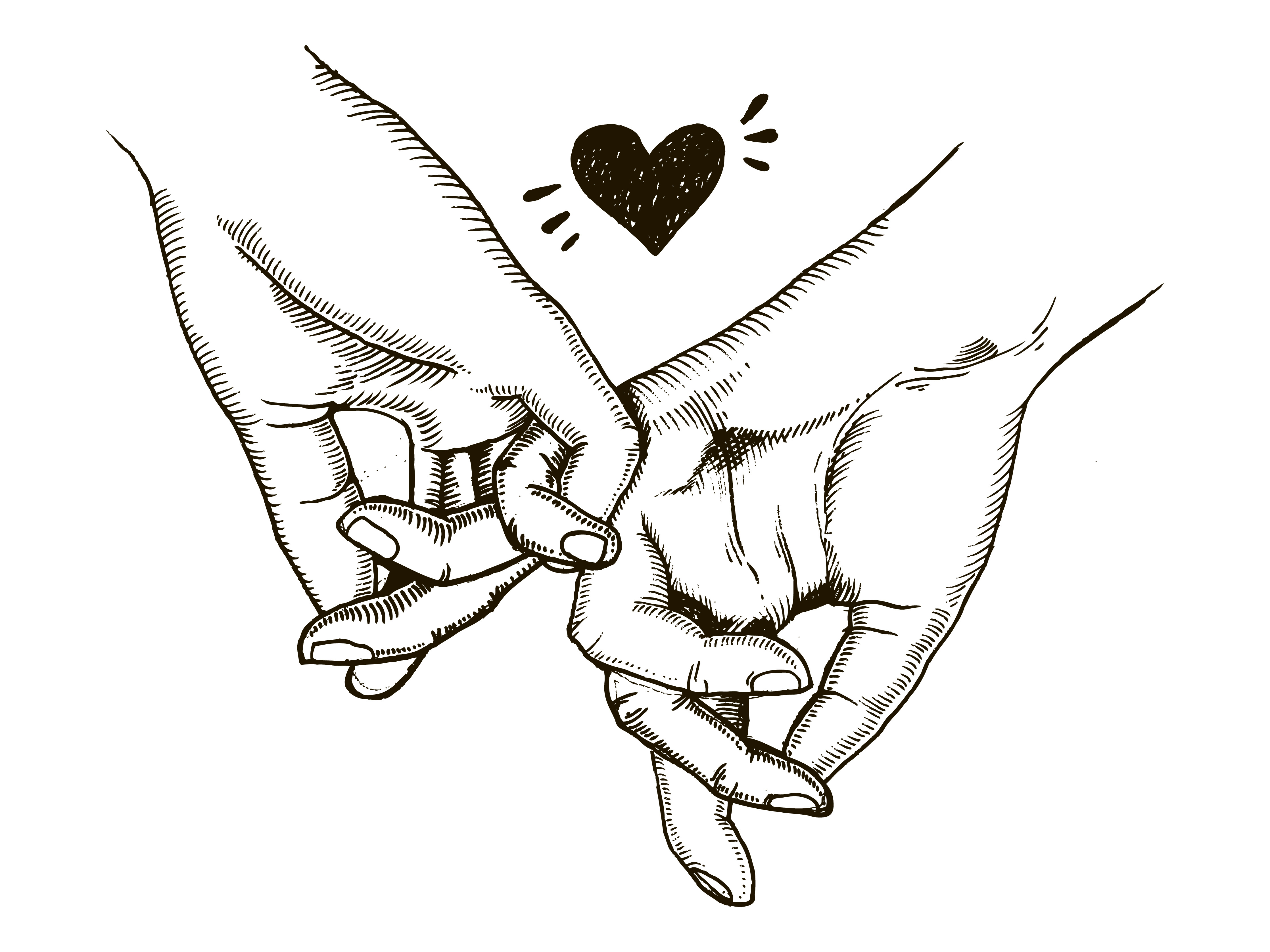
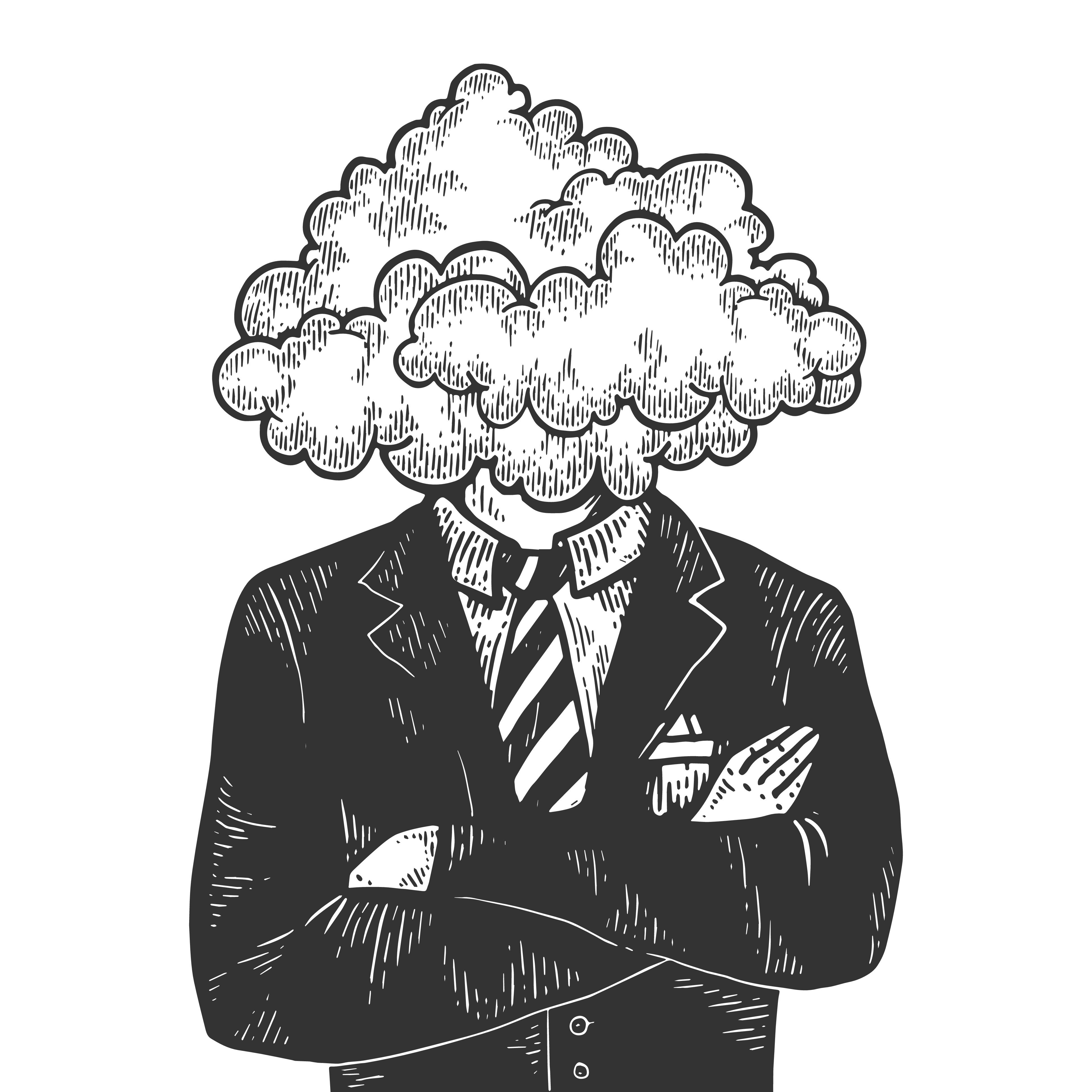
![[object Object]](https://images.ctfassets.net/hrlc6ht6ex4d/3CShcefE5Jct50h6Q8GJR0/a107577b7112f22e3d4c5a4ddd895fe8/AdobeStock_367480471.jpeg)

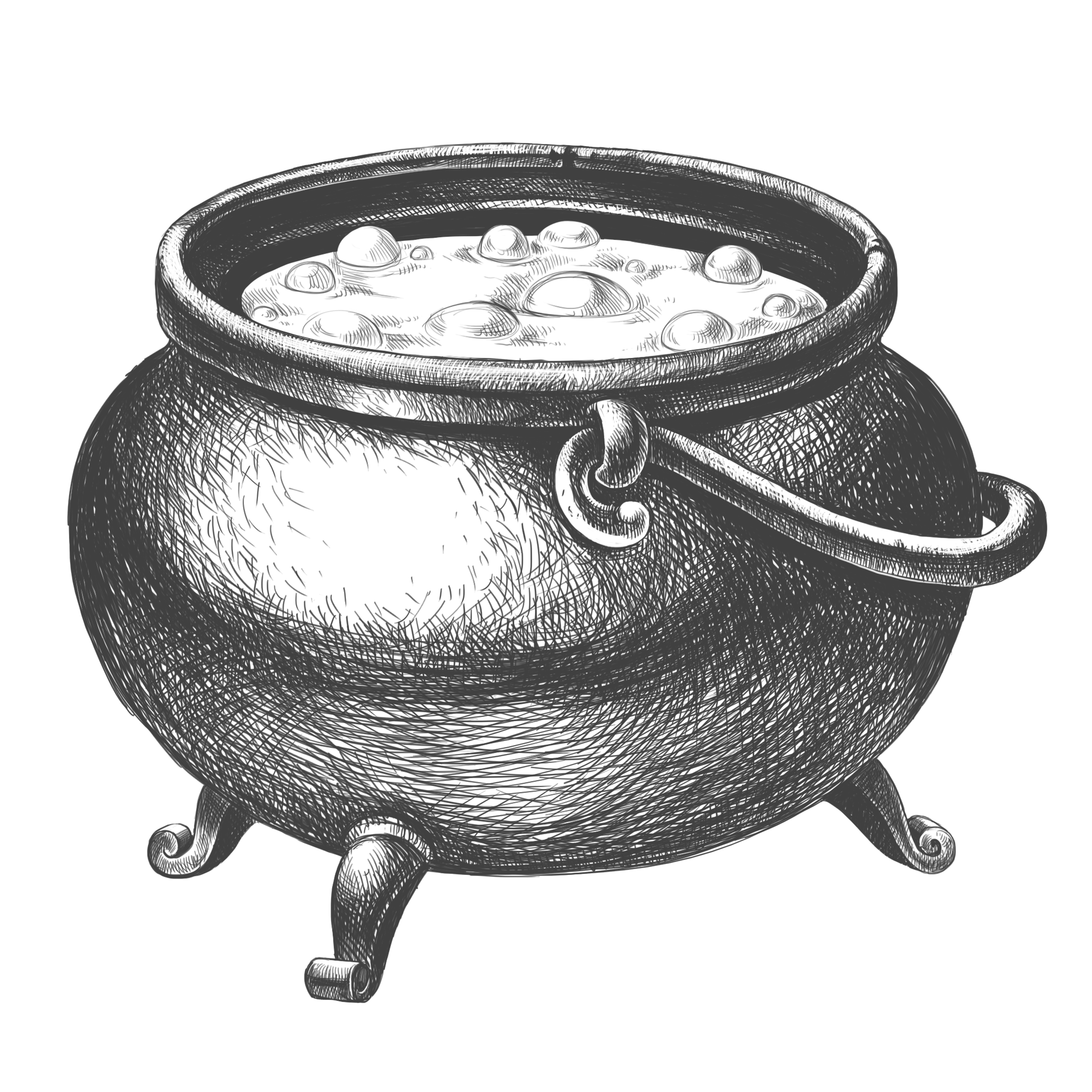



![[object Object]](https://images.ctfassets.net/hrlc6ht6ex4d/60QNP1g9ql18Cv7yfR4kUr/fe3d3e5e58c7f0cb8412a359edd772c5/Screenshot_2020-04-02_at_22.14.56.png)

![[object Object]](https://images.ctfassets.net/hrlc6ht6ex4d/7mPqgHhU0uMBwglL0o1QgM/c060fef70a4c5ff95719ea5a0f4c28ff/GYT_-_slides__5_.jpg)
![[object Object]](https://images.ctfassets.net/hrlc6ht6ex4d/1npdj59nTYrBfetGLJ9ujq/ecceff8f9f131495ed7a3f98a0930ad1/GYT_-_slides__6_.jpg)
![[object Object]](https://images.ctfassets.net/hrlc6ht6ex4d/2O6X4cK5VeSlTQfwMMlLjY/3fa3d0cedb0061d24222ec7edce0b05f/GYT_-_slides__2_.jpg)
